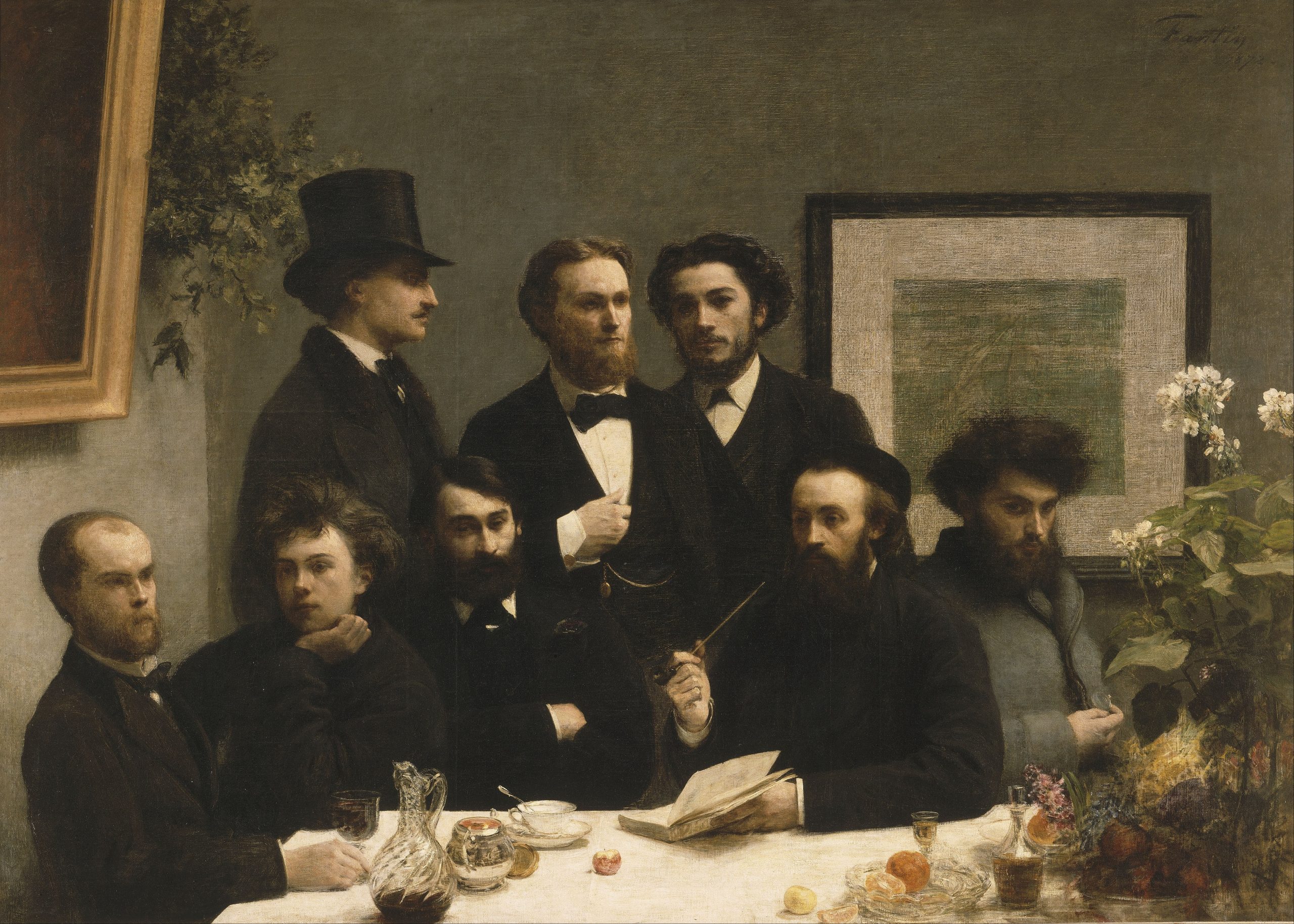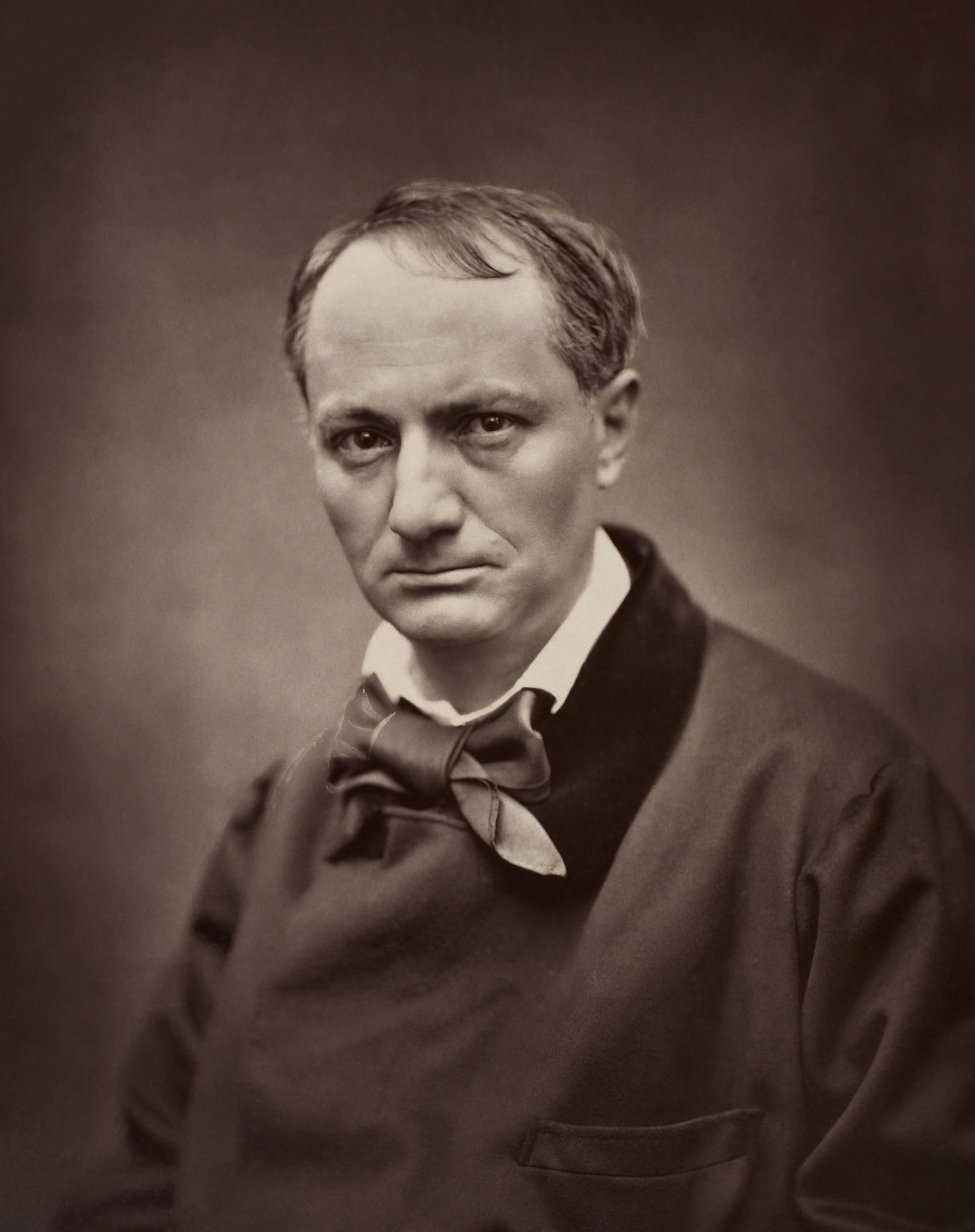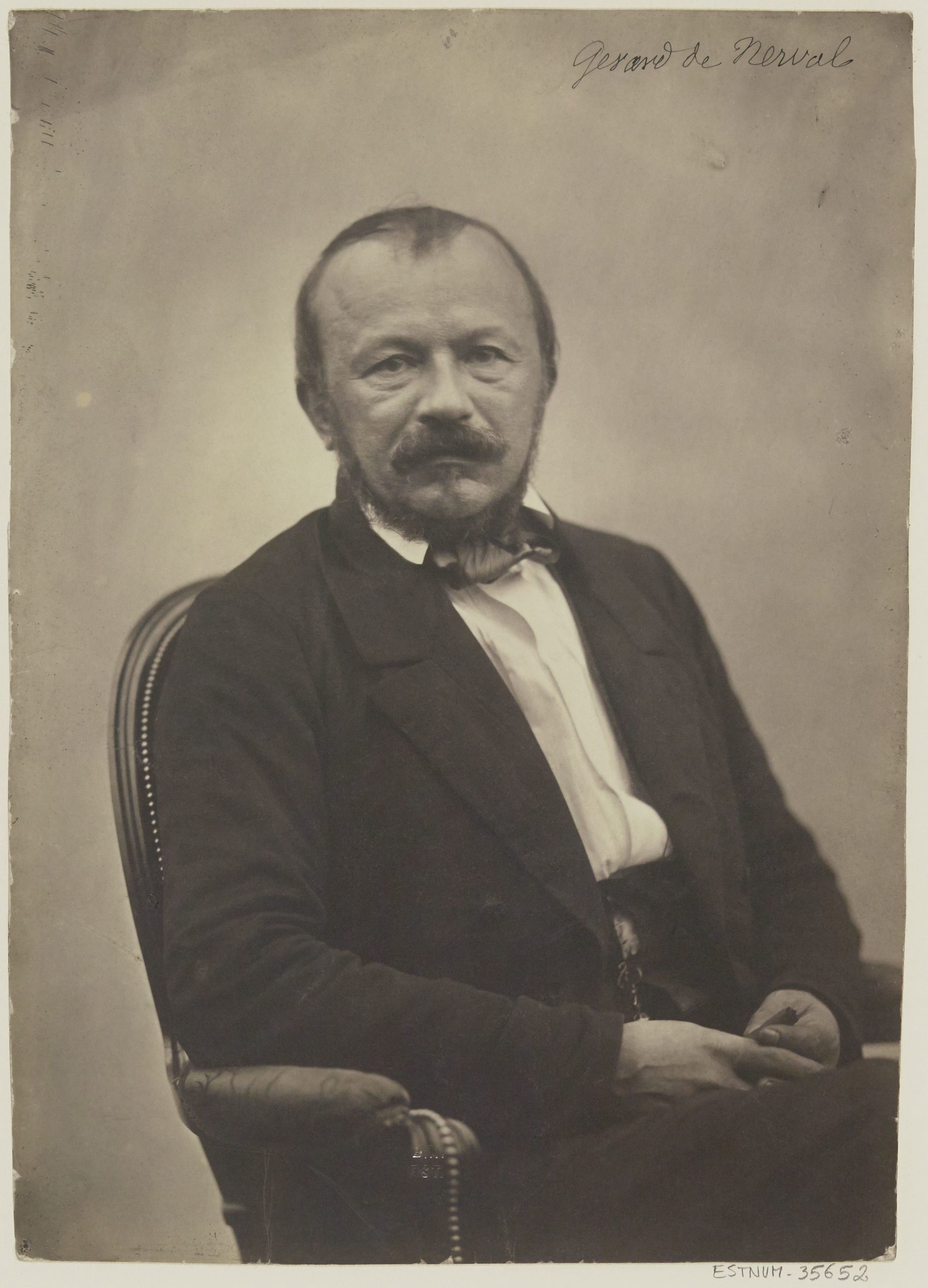By Alexander Shum
Symbolism was a movement in mainly Russian, French and Belgian poetry, as well as other arts – contrary to naturalism and realism, symbolist was seeking to represent absolute truths symbolically, and do so through language and metaphorical images.
In literature, the style originates with the 1857 publication of Charles Baudelaire’s Les Fleurs du mal. The works of Edgar Allan Poe, which Baudelaire admired greatly and translated into French, were a significant influence and the source of many stock tropes and images. The aesthetic was developed by Stéphane Mallarmé and Paul Verlaine during the 1860s and 1870s. In the 1880s, the aesthetic was articulated by a series of manifestos and attracted a generation of writers. The term “symbolist” was first applied by the critic Jean Moréas, who invented the term to distinguish the Symbolists from the related Decadents of literature and of art.
Symbolism was largely a reaction against naturalism and realism, anti-idealistic styles which were attempts to represent reality in its gritty particularity, and to elevate the humble and the ordinary over the ideal. Symbolism was a reaction in favour of spirituality, the imagination, and dreams.
Some writers, such as Joris-Karl Huysmans, began as naturalists before becoming symbolists; for Huysmans, this change represented his increasing interest in religion and spirituality. Certain of the characteristic subjects of the Decadents represent naturalist interest in sexuality and taboo topics, but in their case this was mixed with Byronic romanticism and the world-weariness characteristic of the fin de siècle period.
The Symbolist poets have a more complex relationship with Parnassianism, a French literary style that immediately preceded it. While being influenced by hermeticism, allowing freer versification, and rejecting Parnassian clarity and objectivity, it retained Parnassianism’s love of word play and concern for the musical qualities of verse.
The Symbolists continued to admire Théophile Gautier’s motto of “art for art’s sake”, and retained – and modified – Parnassianism’s mood of ironic detachment. Many Symbolist poets, including Stéphane Mallarmé and Paul Verlaine, published early works in Le Parnasse contemporain, the poetry anthologies that gave Parnassianism its name. But Arthur Rimbaud publicly mocked prominent Parnassians and published scatological parodies of some of their main authors, including François Coppée – misattributed to Coppée himself – in L’Album zutique.
One of Symbolism’s most colourful promoters in Paris was art and literary critic (and occultist) Joséphin Péladan, who established the Salon de la Rose + Croix. The Salon hosted a series of six presentations of avant-garde art, writing and music during the 1890s, to give a presentation space for artists embracing spiritualism, mysticism, and idealism in their work. A number of Symbolists were associated with the Salon.
Symbolist Manifesto
Jean Moréas published the Symbolist Manifesto (“Le Symbolisme”) in Le Figaro on 18 September 1886. The Symbolist Manifesto names Charles Baudelaire, Stéphane Mallarmé, and Paul Verlaine as the three leading poets of the movement. Moréas announced that symbolism was hostile to “plain meanings, declamations, false sentimentality and matter-of-fact description”, and that its goal instead was to “clothe the Ideal in a perceptible form” whose “goal was not in itself, but whose sole purpose was to express the Ideal.”
In a nutshell, as Mallarmé writes in a letter to his friend Henri Cazalis, ‘to depict not the thing but the effect it produces’.
Symbolist techniques

The symbolist poets wished to liberate techniques of versification in order to allow greater room for “fluidity”, and as such were sympathetic with the trend toward free verse, as evident in the poems of Gustave Kahn and Ezra Pound.
Symbolist poems were attempts to evoke, rather than primarily to describe; symbolic imagery was used to signify the state of the poet’s soul. T. S. Eliot was influenced by the poets Jules Laforgue, Paul Valéry and Arthur Rimbaud who used the techniques of the Symbolist school, though it has also been said that ‘Imagism’ was the style to which both Pound and Eliot subscribed. Synesthesia was a prized experience; poets sought to identify and confound the separate senses of scent, sound, and colour. In Baudelaire’s poem Correspondences (which mentions forêts de symboles (“forests of symbols”) and is considered the touchstone of French Symbolism).
Paul Verlaine and the poètes maudits

Of the several attempts at defining the essence of symbolism, perhaps none was more influential than Paul Verlaine’s 1884 publication of a series of essays on Tristan Corbière, Arthur Rimbaud, Stéphane Mallarmé, Marceline Desbordes-Valmore, Gérard de Nerval, and “Pauvre Lelian” (“Poor Lelian”, an anagram of Paul Verlaine’s own name), each of whom Verlaine numbered among the poètes maudits, “accursed poets.”
Verlaine argued that in their individual and very different ways, each of these hitherto neglected poets found genius a curse; it isolated them from their contemporaries, and as a result these poets were not at all concerned to avoid hermeticism and idiosyncratic writing styles.
They were also portrayed as at odds with society, having tragic lives, and often given to self-destructive tendencies. These traits were not hindrances but consequences of their literary gifts. Verlaine’s concept of the poète maudit in turn borrows from Baudelaire, who opened his collection Les fleurs du mal with the poem Bénédiction, which describes a poet whose internal serenity remains undisturbed by the contempt of the people surrounding him.
In this conception of genius and the role of the poet, Verlaine referred indirectly to the aesthetics of Arthur Schopenhauer, the philosopher of pessimism, who maintained that the purpose of art was to provide a temporary refuge from the world of strife of the will.
Symbolists and decadents

The symbolist style has frequently been confused with the Decadent movement, the name derived from French literary critics in the 1880s, suggesting the writers were self indulgent and obsessed with taboo subjects. While a few writers embraced the term, most avoided it. Jean Moréas’ manifesto was largely a response to this polemic. By the late 1880s, the terms “symbolism” and “decadence” were understood to be almost synonymous.
Though the aesthetics of the styles can be considered similar in some ways, the two remain distinct. The symbolists were those artists who emphasized dreams and ideals; the Decadents cultivated précieux, ornamented, or hermetic styles, and morbid subject matters. The subject of the decadence of the Roman Empire was a frequent source of literary images and appears in the works of many poets of the period, regardless of which name they chose for their style, as in Verlaine’s “Langueur”.




